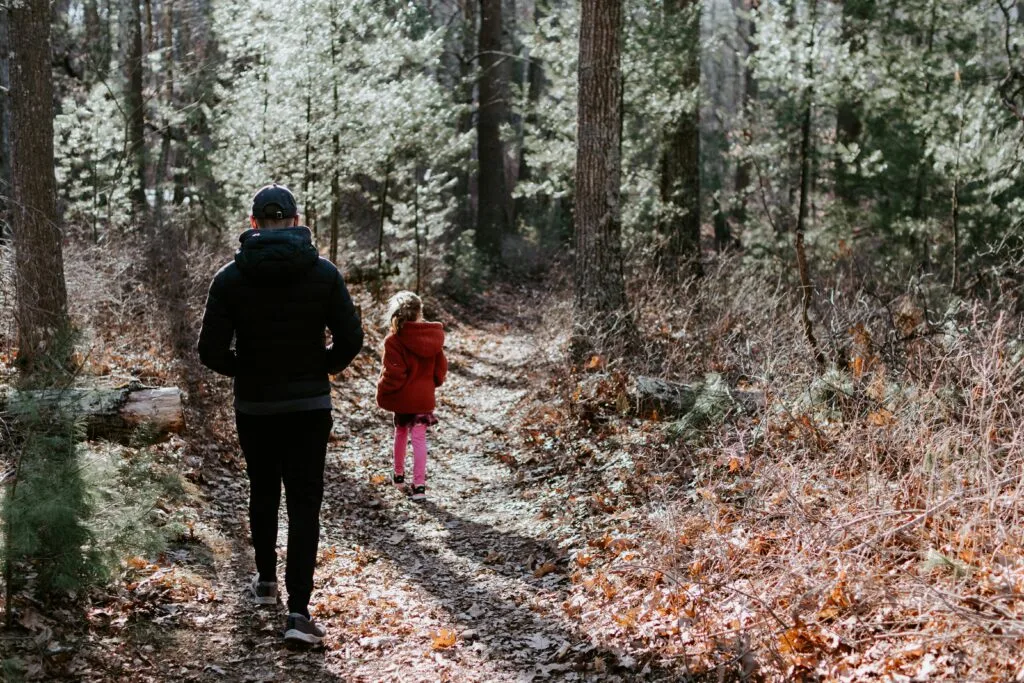1. Connie Stevens
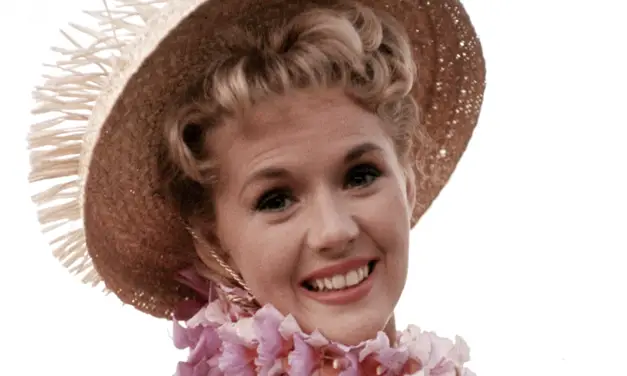
Connie Stevens was everywhere in the early ’60s, thanks to Hawaiian Eye and a string of bubbly teen-friendly films. But Hollywood never quite knew what to do with her once she aged out of ingénue roles, even though she had the talent and screen presence to take on more grounded dramatic work. Stevens had the charisma of a major leading lady, but the studio system tended to cast her in lightweight comedies or musical fluff. It didn’t help that she was often paired with the same types of stories and love-interest parts.
As the decade moved on, Stevens carved out a long, successful career in television and business, proving she had far more range than the movies gave her credit for. She later directed films and found new audiences through her work on stage. Fans still argue that a few well-placed dramatic roles could have completely reshaped how Hollywood remembers her. She deserved a richer slate of characters than the ones she was boxed into.
2. Dolores Hart

Dolores Hart had one of the most fascinating arcs of any ’60s star, going from kissing Elvis Presley in Loving You to leaving Hollywood entirely. Before she became a nun, Hart showed real dramatic potential in films like Where the Boys Are and Lisa. She had a natural, thoughtful presence that could have easily led to heavier, more challenging roles. But studios kept steering her toward sweet, wholesome characters instead.
When Hart entered the Abbey of Regina Laudis in 1963, she stepped away from acting at the exact moment her career could have shifted gears. Many film historians still note that she was capable of far more varied performances than she ever got the chance to show onscreen. Her quiet intensity hinted at a deeper talent Hollywood didn’t fully explore. Even with her brief career, she left a lasting impression.
3. George Chakiris

George Chakiris won an Oscar for West Side Story, but Hollywood struggled to cast him in anything equally substantial afterward. Instead of building on his breakout performance, studios repeatedly placed him in exoticized or underwritten roles. They didn’t seem to know what to do with a dark-haired, athletic musical star who didn’t fit the era’s narrow leading-man mold. Chakiris had the talent for drama and action, but he rarely got scripts that pushed him.
Despite the typecasting, he continued working steadily through the ’60s and ’70s, especially in European productions. His abilities as a dancer and actor were never the problem, but the roles simply didn’t match his potential. Even today, fans of West Side Story wonder why he wasn’t offered stronger Hollywood material. He deserved better than being limited to post-Oscar afterthoughts.
4. Carol Lynley
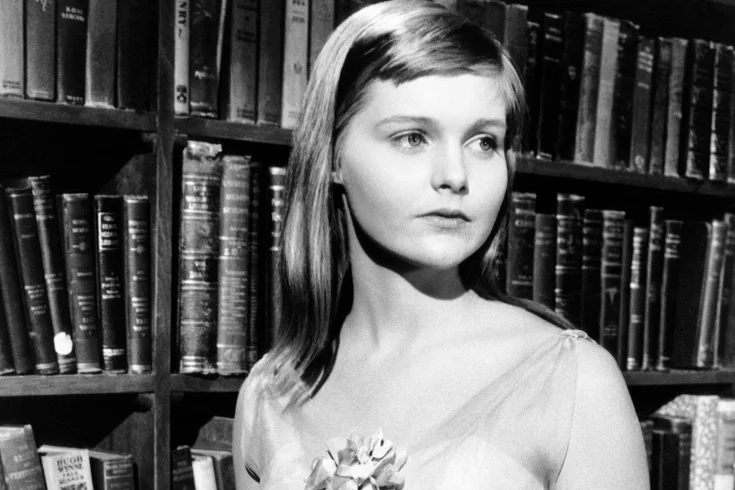
Carol Lynley broke through with Blue Denim and instantly proved she could handle emotional, layered roles. But once the ’60s kicked in, she was often cast as either the fragile girl in trouble or the glamorous blonde in thrillers. Hollywood didn’t give her the same opportunities it offered other rising actresses of the time. She repeatedly showed she could anchor a film, yet she was rarely given parts that stretched her.
Even her later success in The Poseidon Adventure didn’t fully change her trajectory. Lynley brought a relatable vulnerability to every role she played, even when her characters were thinly written. Many viewers felt she was consistently better than the films she appeared in. She absolutely deserved a wider variety of roles that matched her early promise.
5. Troy Donahue
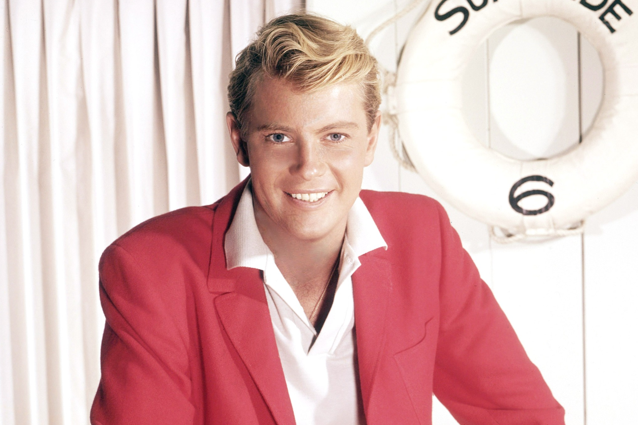
Troy Donahue became a teen idol after films like A Summer Place, but that handsome-heartthrob label boxed him in quickly. The studios relied on his looks and didn’t give him projects that required more dramatic weight. He was capable of delivering grounded performances, yet Hollywood rarely trusted him with deeper material. By the mid-’60s, his roles grew repetitive and less interesting.
Donahue later reinvented himself with small roles in the ’70s and beyond, proving he had staying power. His early fame sometimes worked against him, overshadowing the nuance he could bring to the screen. Had Hollywood taken a few more risks with his casting, he might have transitioned into a more mature leading man. He deserved more complex characters than the ones he was handed.
6. Yvette Mimieux

Yvette Mimieux made a strong impression in The Time Machine, hinting at a thoughtful, introspective style that set her apart. Instead of tapping into that depth, studios kept placing her in glamorous, mysterious, or exotic roles. She grew increasingly frustrated with scripts that offered little for her to explore emotionally. Mimieux often spoke about wanting parts with more dimension.
In the ’70s, she began writing her own material, which says a lot about how underserved she felt as an actress. Her intelligence and screen presence could have anchored far more substantial films. Fans still point to her early performances and imagine what she could have done with better opportunities. She was far more than the decorative roles she was given.
7. Diane Baker
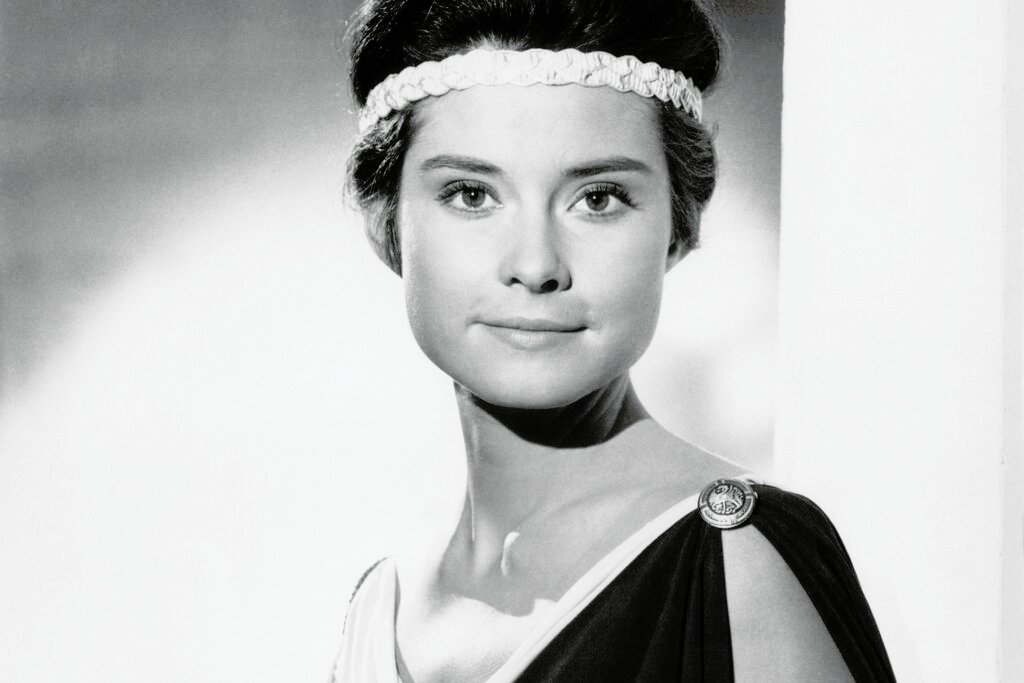
Diane Baker emerged as a standout in films like The Diary of Anne Frank and The Prize, showing she could hold her own next to major stars. But throughout the ’60s, she was frequently given supporting roles instead of the leading parts she deserved. She had a polished, quietly intense style that Hollywood didn’t always know how to market. Even when she elevated every project she appeared in, the bigger starring vehicles didn’t come.
Baker eventually shifted toward television and later became a respected acting teacher and administrator. Her talent was never in question; it was simply underutilized. Many classic-film fans believe she could have been a marquee star with the right scripts. She brought sophistication to every role, even when the material fell short.
8. Pamela Tiffin
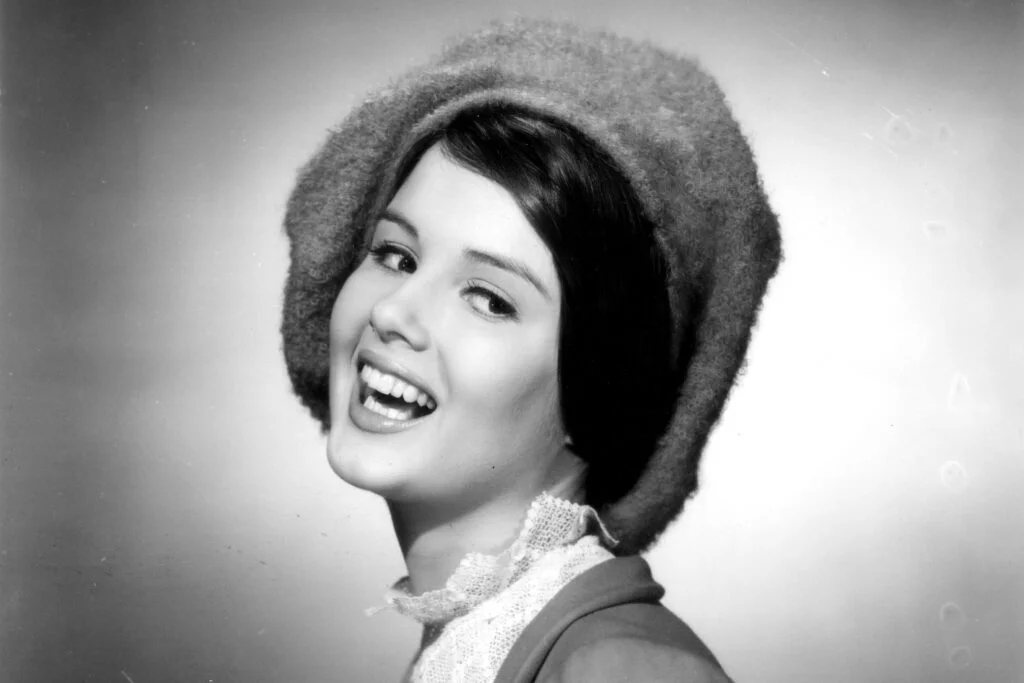
Pamela Tiffin burst onto the scene with roles in One, Two, Three and Summer and Smoke, quickly proving she could handle comedy and drama. Yet Hollywood kept casting her as the adorable ingenue, even when she’d outgrown that niche. Her versatility was obvious, but the studios leaned on her looks more than her acting. As the decade went on, the roles stayed light even while she was ready for something heavier.
Tiffin eventually found more interesting opportunities in European films, which often gave her richer characters. Still, her American film career feels like a missed opportunity. She had the charm of a major star, but the studios didn’t nurture her development. She absolutely deserved more varied, adult roles at home in Hollywood.
9. James Darren
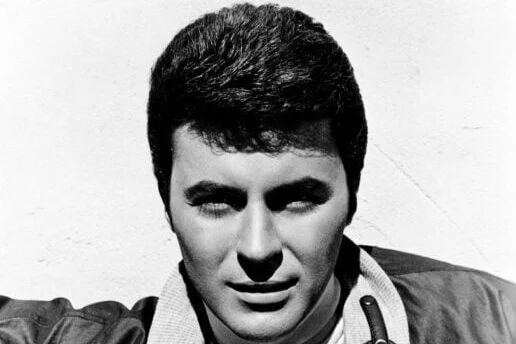
James Darren became a teen favorite after Gidget and Gidget Goes Hawaiian, and he had the kind of effortless charm that should have led to a long run of strong leading roles. But despite his good looks, natural screen presence, and clear acting ability, Hollywood kept funneling him into light romances and beach-adjacent stories. Darren proved he could handle drama with films like The Guns of Navarone, yet studios continued to see him mainly as a youthful heartthrob. As he got older, the roles that matched his maturity never quite arrived.
He later found steadier work on television, especially with The Time Tunnel, which showed just how versatile he could be when given the chance. Darren was capable of carrying far more substantial stories than he was offered in the ’60s. He had leading-man potential that Hollywood didn’t fully tap into at the time. Many fans still feel his range was never given the spotlight it deserved.
10. Suzanne Pleshette
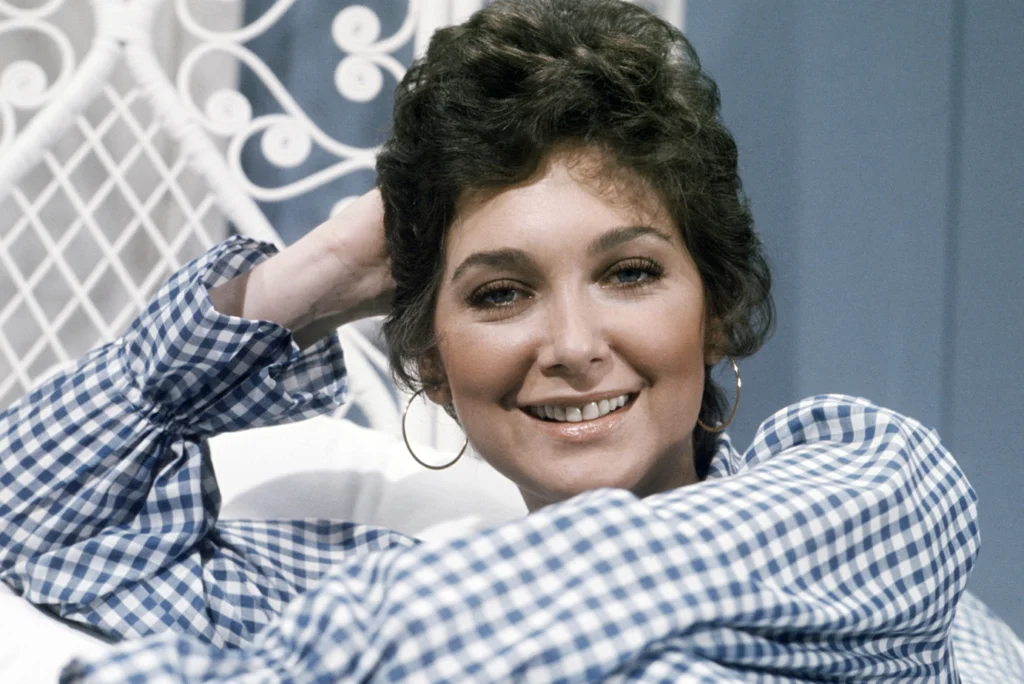
Suzanne Pleshette was an exceptional actress with a smoky voice and a sharp, grounded energy. While she gave standout performances in films like Rome Adventure and The Birds, she was often cast in secondary roles that didn’t match her talent. Hollywood tended to see her as “the smart best friend” instead of a top-line romantic or dramatic lead. She could command the screen as well as any star of her era.
Pleshette later flourished on television, especially with The Bob Newhart Show, which finally let her shine. Still, classic-film fans argue she should have had more starring vehicles in the ’60s. She had depth, humor, and emotional intelligence that translated beautifully to film. She deserved more than the supporting parts she was handed.
11. Stella Stevens
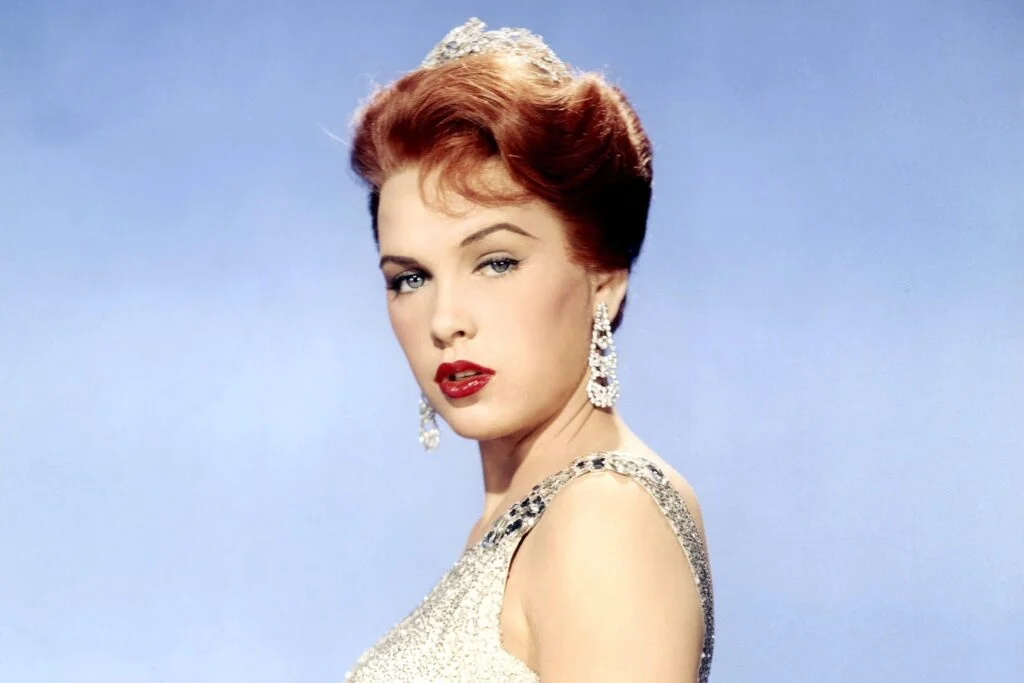
Stella Stevens had perfect comedic timing, standout beauty, and an unmistakable presence. Her roles in The Nutty Professor and Girls! Girls! Girls! showed she could elevate even thin scripts. But Hollywood often cast her as the sexy blonde without giving her much to work with. She repeatedly proved she could handle sharper, more complex comedy than she was offered.
Stevens pursued independent projects and took on more dramatic roles later in her career, showing how much range she truly had. She had the potential to be a top-tier comedic star in the vein of Judy Holliday or Marilyn Monroe. The industry simply didn’t invest in giving her those opportunities. With better roles, she could have reached an entirely different level of recognition.
12. Tuesday Weld
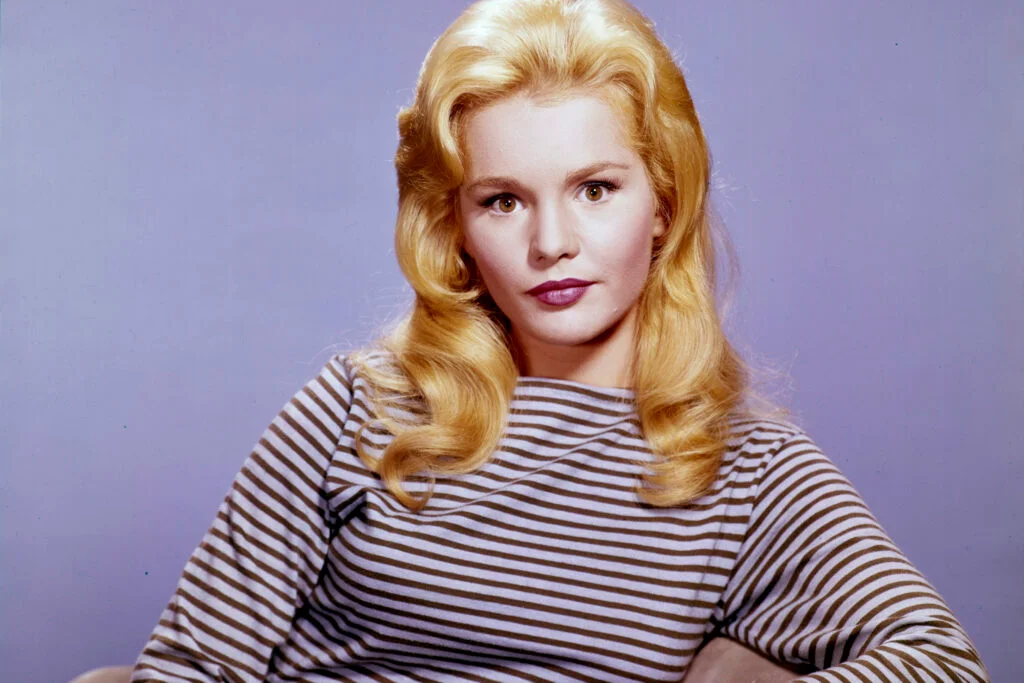
Tuesday Weld was one of the most gifted actresses of her generation, known for her naturalistic style and emotional fearlessness. But she famously turned down several major films because she disliked the scripts, and Hollywood didn’t always respond well to an actress who refused to play along. As a result, she sometimes ended up in lesser projects when she deserved prestige roles. Even so, her work in films like The Cincinnati Kid showed how magnetic she truly was.
Weld brought a rawness that was ahead of its time, which may be why the industry didn’t fully appreciate her in the moment. Had she been given more challenging material—or had studios taken her instincts more seriously—her career might have looked very different. She remains beloved by cinephiles who recognize the depth she brought to everything she touched. She deserved roles that matched her talent.
13. Bradford Dillman

Bradford Dillman had early success with Compulsion, where he delivered a chilling, award-winning performance. But rather than parlay that into major starring roles, Hollywood mostly placed him in supporting parts or genre films throughout the ’60s. He had a refined, cerebral quality that could have translated into more prominent dramatic leads. Instead, his career became a patchwork of interesting but limited opportunities.
Dillman consistently delivered strong performances, even when the films themselves were uneven. His intensity and intelligence set him apart from many contemporaries, yet the scripts he received didn’t capitalize on that strength. He eventually moved into television, where he found steadier work. Still, he deserved a clearer path to sustained A-list roles.
14. Paula Prentiss

Paula Prentiss was effortlessly funny and instantly likable, with a comic rhythm few actresses could match. Hollywood recognized her charm but often kept her in similar ingenue or romantic-comedy roles. She proved she had far more range, especially in films like Man’s Favorite Sport? and What’s New Pussycat?, but the meatier parts went elsewhere. Her height and striking presence sometimes worked against her in an industry with rigid expectations.
Prentiss later surprised audiences with darker work in The Parallax View, showing just how much she had been underestimated. Fans still point to her early films as proof she was ready for bigger challenges all along. Her combination of warmth, humor, and intelligence could have anchored far more ambitious projects. She deserved a wider variety of roles that matched her talent and versatility.

